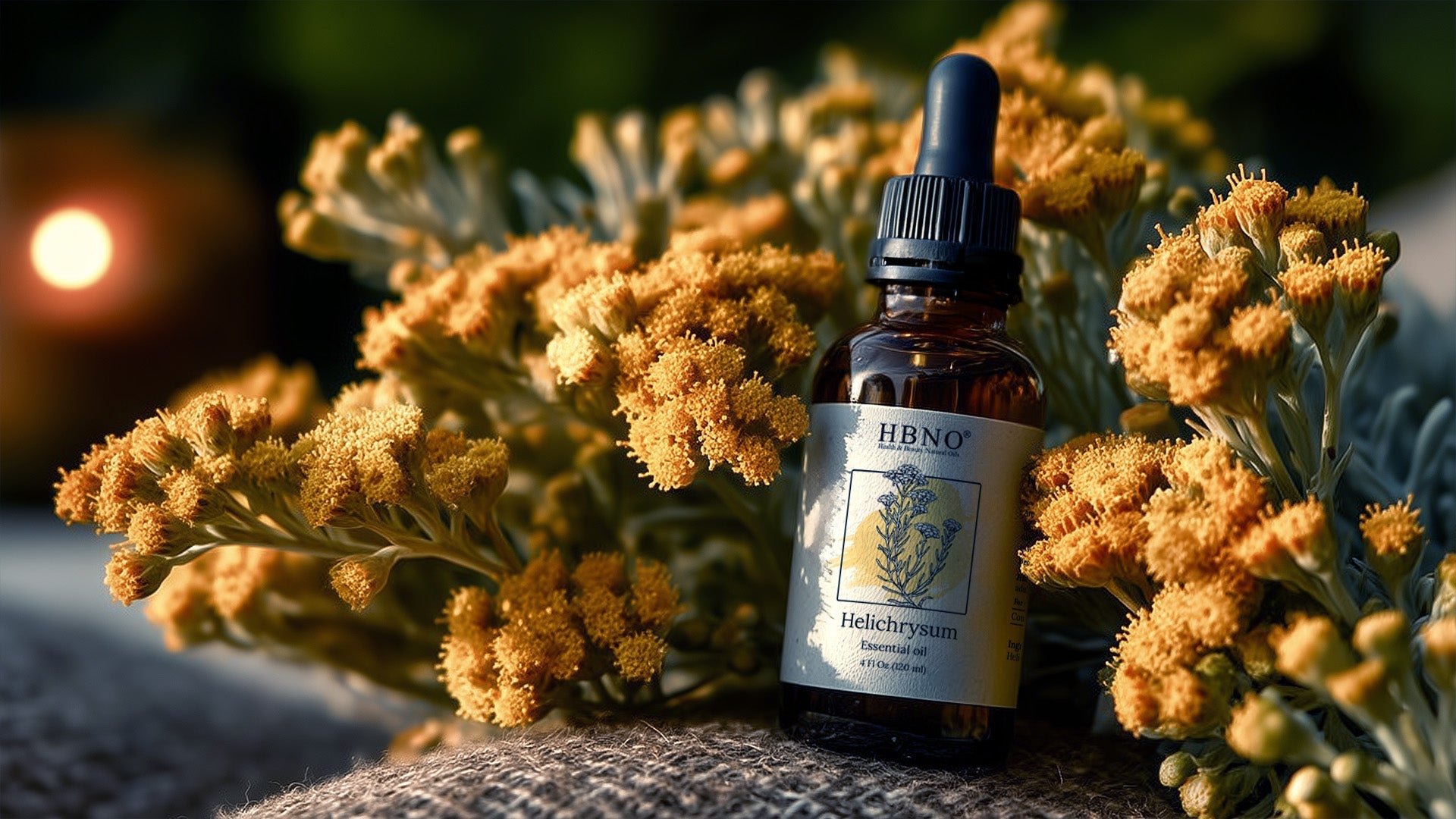
How to Use Helichrysum Oil in Aromatherapy
Aromatherapy has been around for ages, drawing on the power of plant extracts-especially essential oils-to help us unwind and feel better overall. One oil that's been getting a lot of attention lately is Helichrysum oil. This oil comes from the Helichrysum italicum plant, a small, aromatic herb that grows in the Mediterranean. It's got this earthy, herbaceous scent that might set it apart.
Many people have been exploring the therapy-based usages of organic helichrysum italicum oil that often comes from places like Croatia, Corsica, or Italy. But, there are not many details about its potential benefits.
However, some people have good experience with this oil. The article tries to explore its possible use cases.
Usage of Helichrysum Oil in Aromatherapy
To make the most of helichrysum oil benefits in your aromatherapy practices, it's key to grasp its scent profile, how it blends with other oils, and how it interacts with different carrier mediums. So, here are a few simple ways that some people prefer using helichrysum oil into their routine:
1. Diffusing Helichrysum Oil
One of the ways some people like to enjoy the scent of helichrysum oil is by diffusing it. You may also try it, just add a few drops to your water-based diffuser and let the spread. The fragrance-earthy, a tad sweet, and definitely herbaceous-creates a cooling vibe in any space.
You may use this method for winding down. Its light scent may add to the atmosphere without being too overpowering. Plus, many users say it mixes well with lavender essential oil, frankincense, or clary sage to give you a more complex, layered fragrance.
2. Steam Inhalation
If you're looking for a more intense aromatic experience, steam inhalation might be your thing. Those who use this method, often grab a bowl of hot water, toss in 2-3 drops of helichrysum oil, and then cover their head with a towel to really soak in those vapors.
While this method has roots in holistic traditions, the idea is to fully immerse yourself in the oil's scent. Steam inhalation might work well when you want to engage with the aroma. You may do it during quiet evenings or focused breathing sessions.
3. Aromatherapy Blends for Topical Use
You might also mix helichrysum oil with carrier oils like jojoba, sweet almond, or grapeseed for topical use. These blends might be useful for massages or just applying to pulse points as part of your self-care experience.
When you're creating a blend, keep in mind a safe dilution ratio-usually about 1-2% essential oil to carrier oil-to steer clear of any irritation. Mixing in oils like chamomile or rose might add a nice floral touch, while vetiver or cedarwood may help deepen the scent.
It's interesting to note that a lot of folks talk about using helichrysum in skincare routines, saying it might help reduce scars effectively. But, make sure you approach it with caution and moderation

Crafting Helichrysum-Based Aromatherapy Blends
Now, if you want to create your own blends, here are a couple of ideas that many people use:
1. Fine Blend
Many people often mix:
- 3 drops of Helichrysum oil
- 2 drops of Frankincense oil
- 2 drops of Cedarwood oil
You may diffuse this in water or mix it into about 10 ml of your favorite carrier oil. It might work well in quiet spaces-think reading nooks or unwinding spots-where a gentle, supportive scent is just what you need.
2. Floral Fusion
If florals are more your vibe, you may go for this blend:
- 2 drops of Helichrysum oil
- 3 drops of Lavender oil
- 2 drops of Rose absolute
Many people use this blend in a diffuser or as a personal roller blend. It might help create a lovely atmosphere many people find cozy.
Integrating Helichrysum into Personal Spaces
Helichrysum oil can really fit in nicely anywhere. Its scent is subtle yet distinctive, making it perfect for a variety of personal spaces. Here are a few ways to incorporate it into your day-to-day:
- Aromatherapy Jewelry: Think clay diffuser pendants or lava stone bracelets.
- Linen Sprays: Mix it with distilled water and a splash of witch hazel for a fresh scent.
- Drawer Sachets: Just infuse some cotton balls or fabric sachets with a few drops for an added fragrance layer.
These little touches keep the lovely aroma with you all day long, acting as a consistent sensory anchor.
Potential Reasons to Choose Helichrysum Oil in Aromatherapy
Many people believe that helichrysum oil might strike this perfect balance between richness and subtlety. Its fragrance may unfold over time. This might make it ideal for those long diffusing sessions and for layering in more complex blends.
For some people, this oil may bring the needed balance of scent and lingering time for their therapy season. Also, most people don't get irritated by its smell like other strong oils. Quality helichrysum oil often goes through Gas Chromatography or Mass Spectrometry tests which might make them safer for usage.
Conclusion
Using Helichrysum oil in aromatherapy is really all about your intention, the vibe you're going for, and, of course, the unique scents it brings along. This oil comes from the fragrant plant, and it's all about creating those warm, cozy spaces that just feel right.
If you want to dive in, play around with different ways to diffuse it, mix it with other oils, and think about how you store it. There's a lot you can do to make this special oil a part of your own therapy routine. Whether you're inhaling it through steam or getting creative with your own blends, helichrysum oil might add a subtle depth that you may like.
So, mix your oils with a bit of care, and let the scent lead you on this unwinding practice. HBNO can be the best essential oil provider for your massage therapy blends.